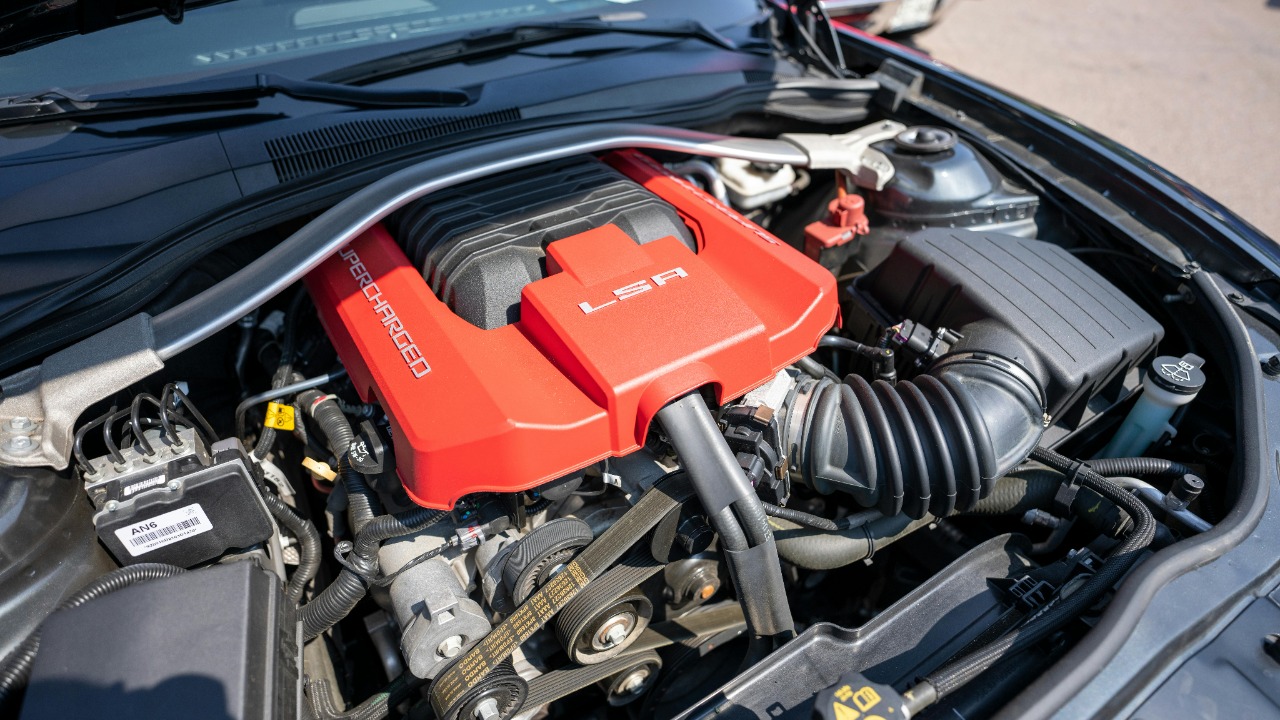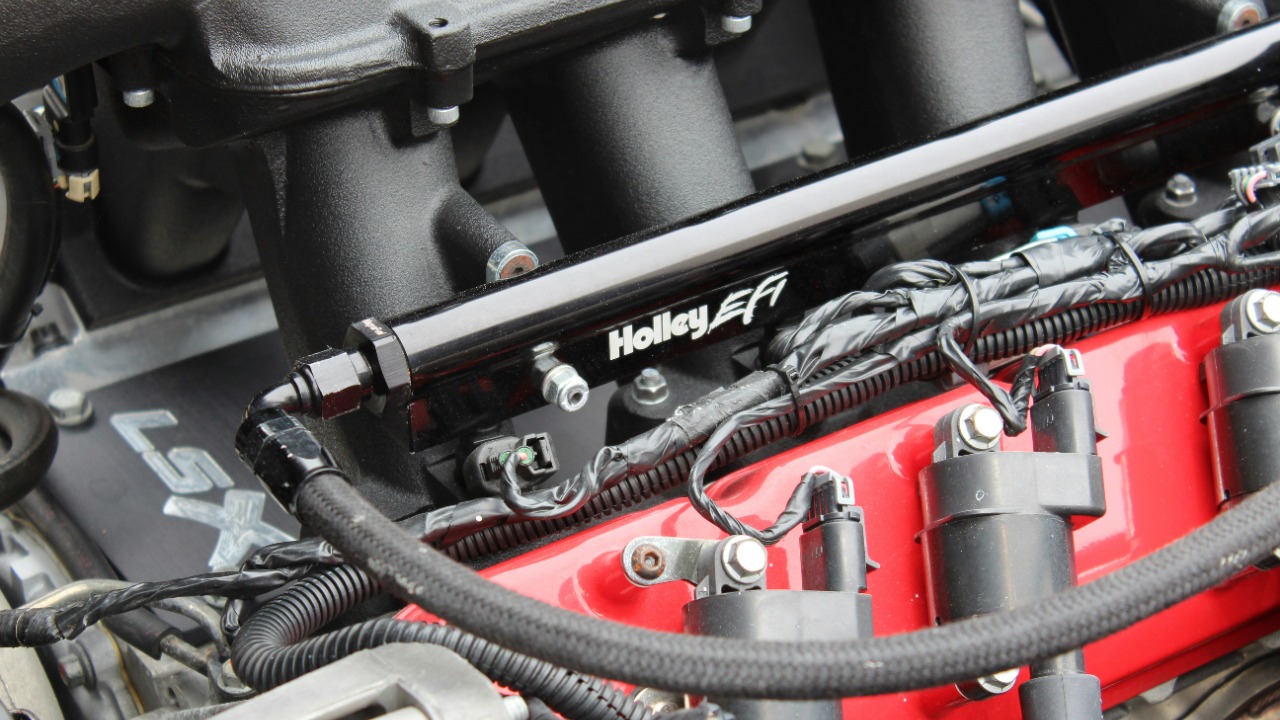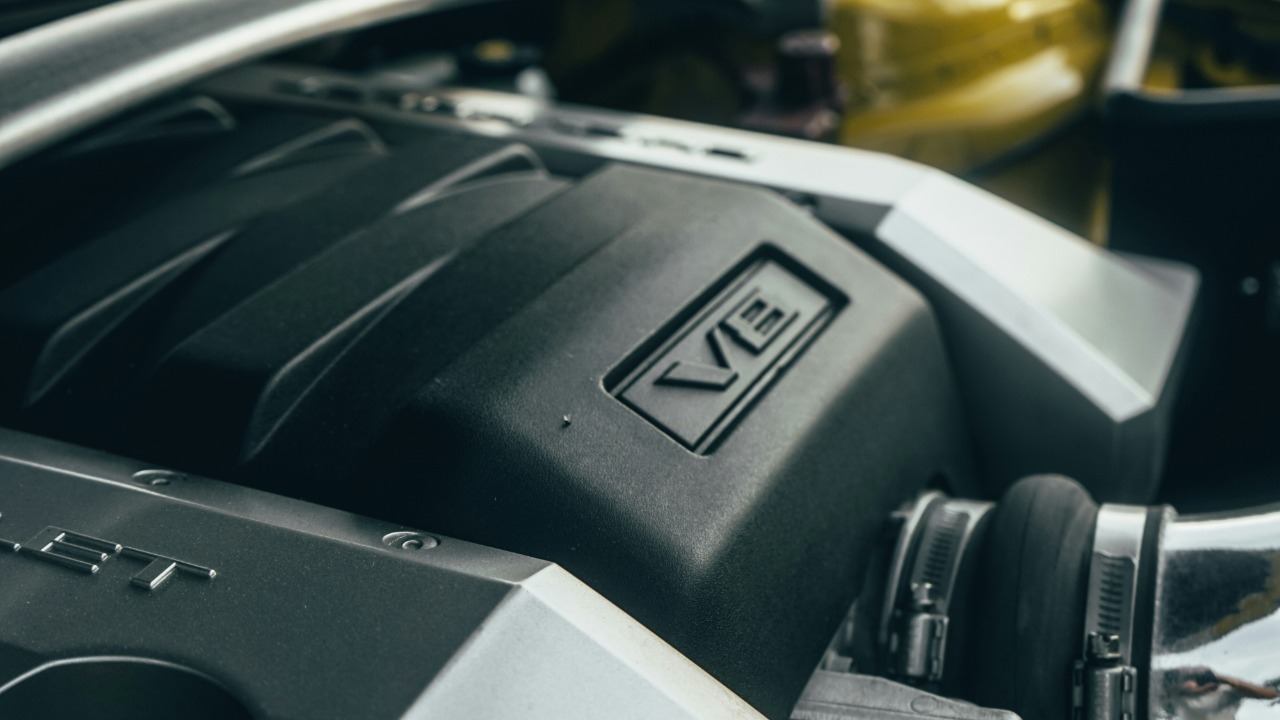
The debate between V8 and V6 engines often centers around fuel efficiency, with many assuming that V8 engines consume more gas due to their larger size and power output. However, the truth is more nuanced, involving factors such as engine design, vehicle usage, and advances in automotive technology. Understanding these elements is key to comprehending how they influence fuel consumption in V6 and V8 engines.
Understanding Engine Configurations

Explanation of V6 and V8 Engine Structures
The primary difference between V6 and V8 engines lies in the number of cylinders: V6 engines have six cylinders arranged in a V shape, while V8 engines have eight. This fundamental distinction affects the engine’s size, weight, and complexity. The layout of the cylinders contributes to the balance and smoothness of the engine, impacting how power is delivered to the vehicle.
Beyond the mechanical structure, these configurations also influence vehicle performance. V8 engines typically boast higher horsepower and torque due to their additional cylinders, making them popular in muscle cars and trucks. In contrast, V6 engines often offer a good balance of power and efficiency, making them suitable for a wide range of vehicles.
Historical Context
The history of V6 and V8 engines is rich with innovation. V8 engines gained popularity in the mid-20th century due to their power and versatility, becoming synonymous with American automotive performance. Meanwhile, V6 engines, with their compact design, became more prevalent as manufacturers sought to balance power with fuel efficiency and emissions standards. The ongoing evolution in engine technology continues to refine both configurations, enhancing their respective strengths and applications.
Fuel Efficiency Factors

Displacement and Fuel Consumption
Engine displacement plays a crucial role in fuel efficiency, as it determines the volume of air and fuel mixture an engine can combust. Generally, larger displacement engines, like V8s, tend to consume more fuel than smaller V6s. However, advancements such as turbocharging and cylinder deactivation have helped mitigate these differences by optimizing fuel usage and enhancing efficiency.
Real-World Driving Conditions
While theoretical fuel efficiency is important, real-world conditions often present a different picture. Driving habits, such as acceleration patterns and speed, significantly impact fuel consumption. Urban driving with frequent stops and starts can be less efficient for larger engines, whereas highway driving may showcase their strengths. Thus, the choice between a V6 and V8 engine should consider the typical driving environment and individual usage patterns.
Comparative Analysis of V6 and V8 Engines

Case Studies in Various Vehicle Types
Comparing specific models reveals insightful differences in fuel efficiency between V6 and V8 engines. For instance, some SUVs and trucks offer both options, highlighting how manufacturers balance performance and efficiency to meet diverse consumer needs. A notable example is the Chevrolet Colorado pickup, which has sparked discussions about whether it will receive a V6 engine option in the future.
Industry-Specific Insights
Different industries prioritize various aspects of engine performance. In trucking, torque and towing capacity often outweigh fuel efficiency, making V8 engines attractive. Conversely, luxury car manufacturers may opt for V6 engines to achieve a blend of performance and refinement, catering to a clientele that values both power and comfort.
Environmental Impact

Emissions and Environmental Concerns
The number of cylinders in an engine can influence its emissions profile. Generally, V8 engines produce more emissions than V6 engines due to their higher fuel consumption. However, technological advancements have enabled both engine types to comply with stringent emissions standards, balancing performance with environmental responsibility.
Regulatory Influence
Government regulations play a pivotal role in shaping engine design and use. Policies aimed at reducing emissions and improving fuel economy have spurred innovations in both V6 and V8 engines, encouraging manufacturers to develop cleaner and more efficient technologies. The future of these engines will likely be influenced by ongoing regulatory changes and environmental considerations.
Consumer Considerations

Personal Driving Needs
Choosing between a V6 and V8 engine involves assessing personal driving needs and priorities. Those seeking a balance of efficiency and performance may lean towards V6 engines, while drivers requiring maximum power for towing or performance may prefer V8s. Understanding one’s driving habits and vehicle usage is crucial in making an informed decision.
Market Trends
Current market trends indicate a shift towards more fuel-efficient vehicles, with consumers increasingly considering fuel economy alongside power and performance. This shift is reflected in the growing popularity of V6 engines in various segments, as they offer a compelling combination of efficiency and capability.
Long-Term Value
The long-term value of a vehicle with a V6 or V8 engine depends on factors such as fuel costs, maintenance, and resale value. While V8 engines may incur higher fuel expenses, their robust performance can enhance the vehicle’s appeal to certain buyers, potentially boosting resale value. Conversely, V6 engines may offer lower ownership costs, appealing to budget-conscious consumers.